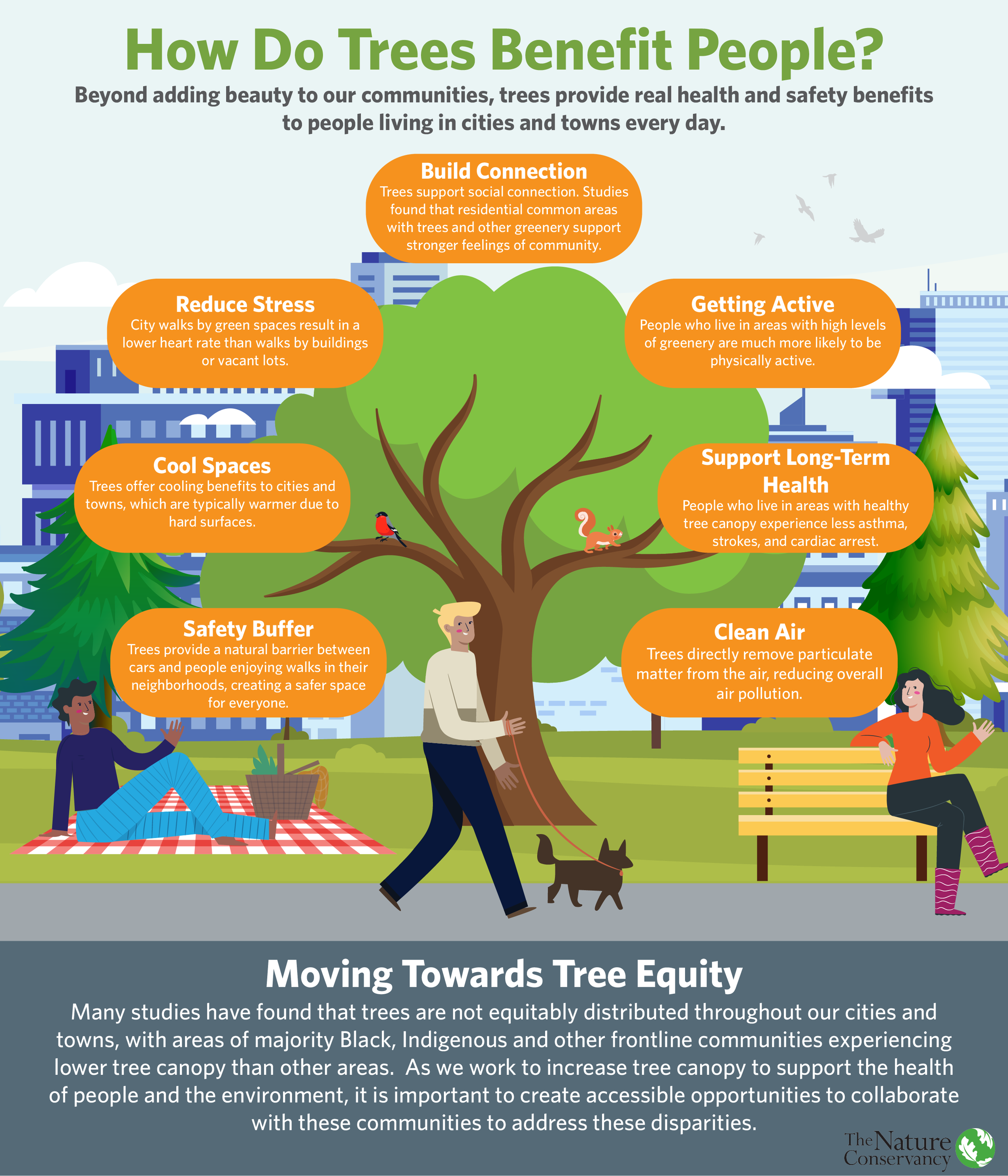Historically, in most of our communities, streets have been about managing the movement of people and cars. We don’t think about that space between buildings as being ours to shape. But like the white space on a page, or the connective tissue between our bones, the in-between stuff can offer a whole lot of impact.
Jessie Israel, our Puget Sound Conservation Director, and Alicia Daniels Uhlig from the International Living Future Institute, explored the idea of using rights-of-way to bring nature into the city, at the Living Future UnConference in Seattle recently.
One project they highlighted is a planned office building in Seattle’s Fremont neighborhood. The developer for the Watershed Building saw research about how stormwater runoff from highways can kill coho salmon within just a few hours and thought he could make a difference.
In converting the landscaping to rain gardens, the project will be able to create an inviting space for the community and treat polluted stormwater from 21,125 square feet of highway bridge deck overhead, totaling 433,000 gallons of polluted runoff per year.
Besides being a high-performance building, the goal of this project is to deliver ecological function in an urban setting and to provide clean water for Pacific Northwest salmon habitat. The developer is designing the building for Salmon Safe certification and is pursuing the Living Building Challenge Petal certification. Salmon Safe will monitor the project for five years.
Jessie and Alicia explore these ideas in more depth in the Huffington Post: "Rethinking the Right of Way."



























